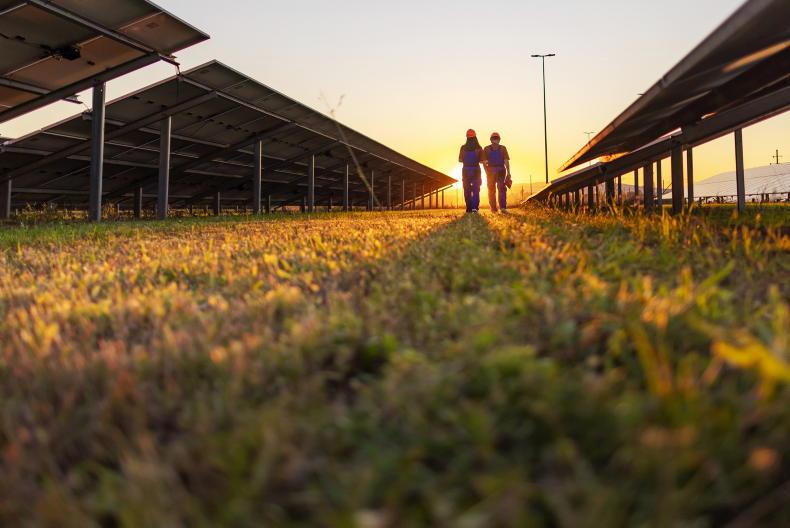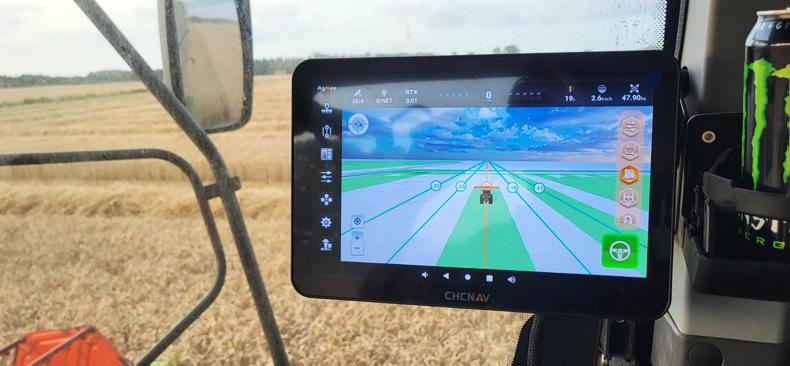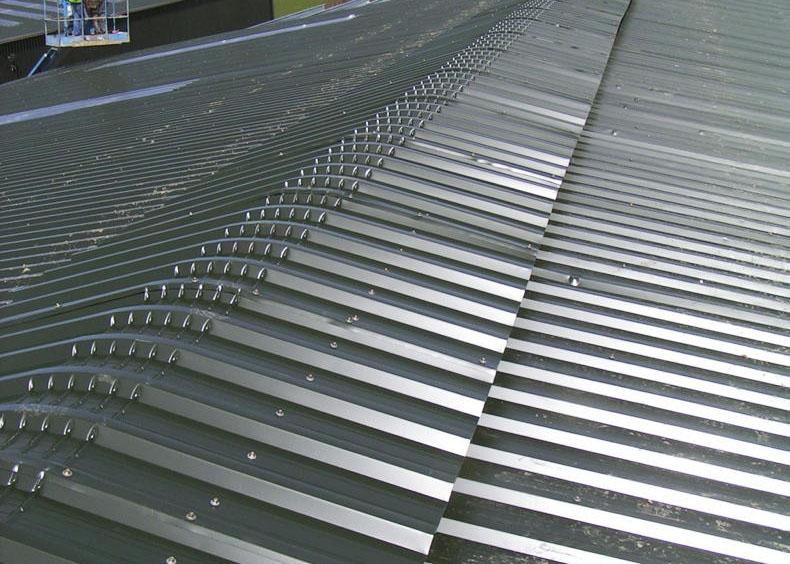The payback period for installing solar photovoltaic panels on dairy farms could be as little as three years, says Teagasc researcher John Upton.
John was speaking at the Irish Grassland Association dairy conference held in Charleville, Co Cork, on Wednesday.
He said that a new 60% grant aid is being proposed in the incoming TAMS and that if this is availed of the payback period can be reduced to just three years.
The Clean Export Guarantee can also be claimed, which will pay farmers 14c to 20c per unit of electricity exported to the grid.
In a change from the existing TAMS, farmers who draw down the new TAMS grant can also avail of this payment for electricity exported to the grid, he says.
Battery storage
John said that battery storage is also likely to be grant aided under the new TAMS, which is likely to have a total investment ceiling of €90,000 with 60% grant aid.
However, he cautioned farmers against jumping to battery storage without considering other options first.
He said that electric water storage heaters or ice-bank bulk tanks are useful at using electricity generated by solar at off peak times and storing that energy.
In terms of sizing, he said that if farmers claim a TAMS grant for a solar project they will be limited to the size for self-consumption, typically 25,000kWh for a 100-cow farm.
In terms of grid connection, he said that the mini generation scheme which was announced in 2022 has a maximum size of 17kWp for a single phase supply and while it is 50kWp for a three-phase supply the maximum import capacity for most farms is 29kVa.
John said that farmers should consider other energy saving devices such as plate coolers and variable speed drives to reduce their electricity usage before considering renewable energy as these have a shorter payback.
He said that variable speed drives are particularly cost effective for farmers with three phase but are more expensive in single phase supply.











SHARING OPTIONS